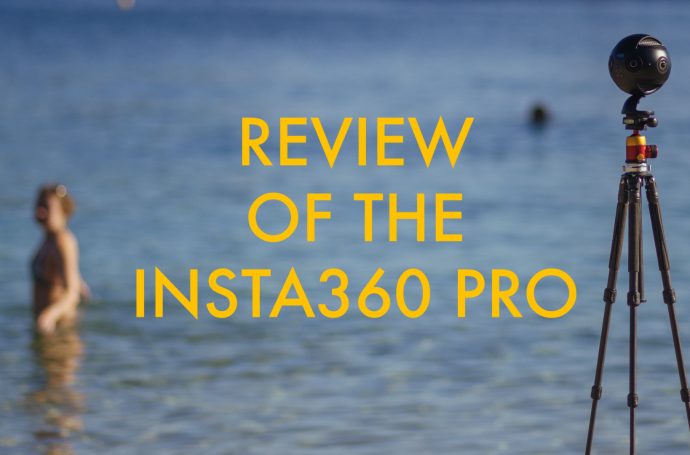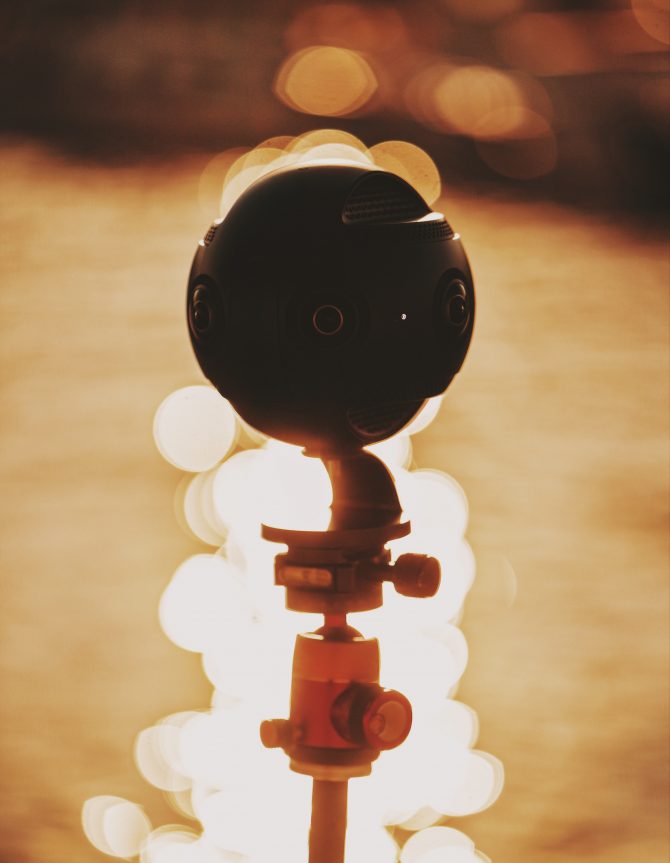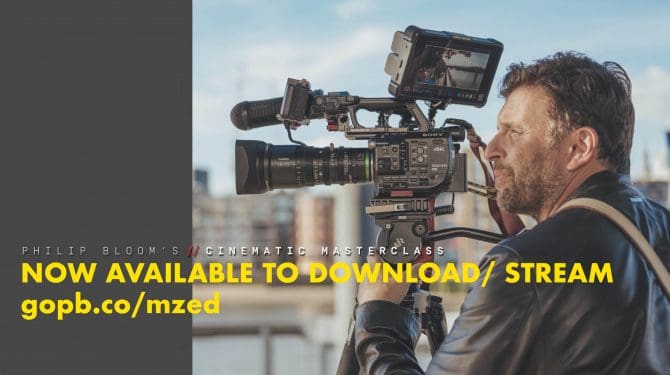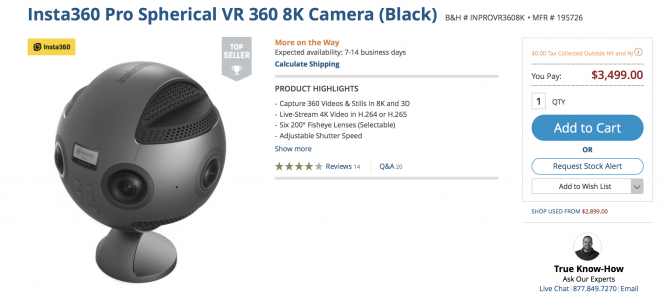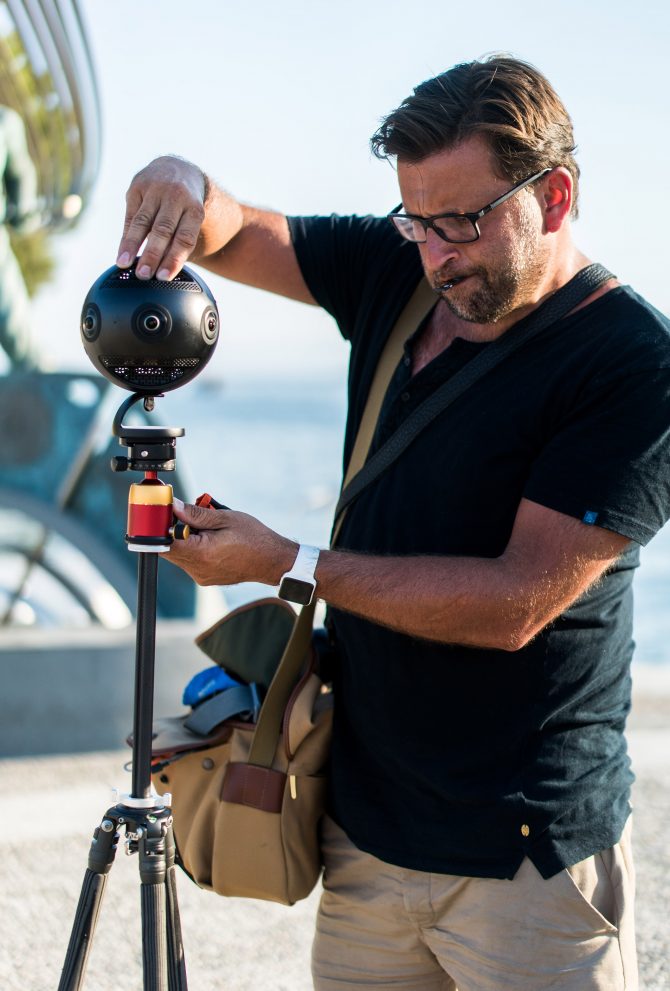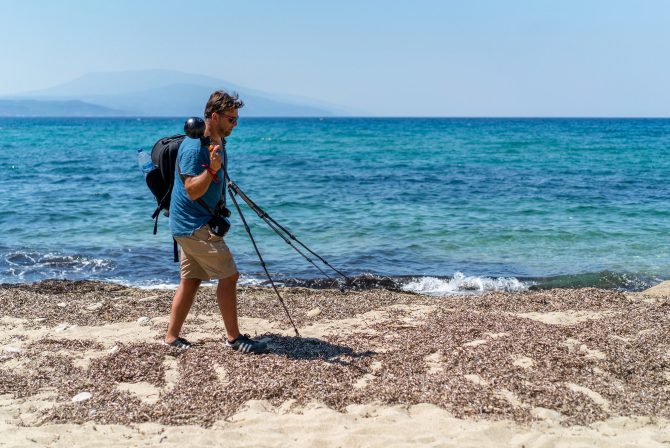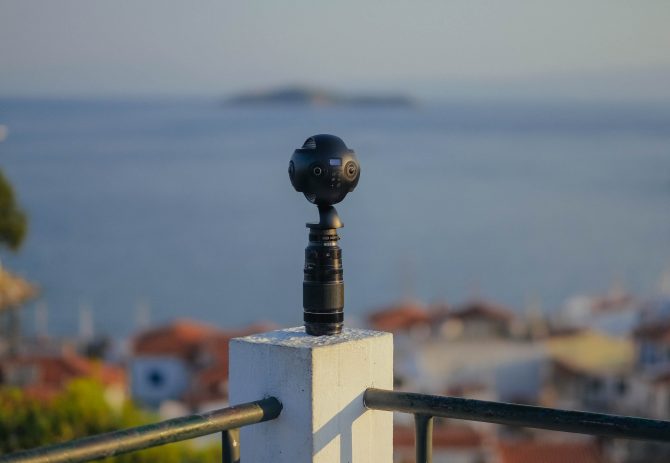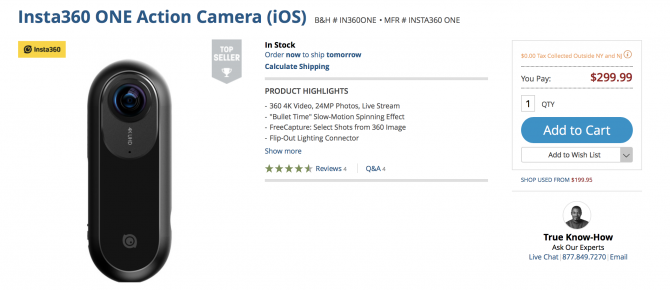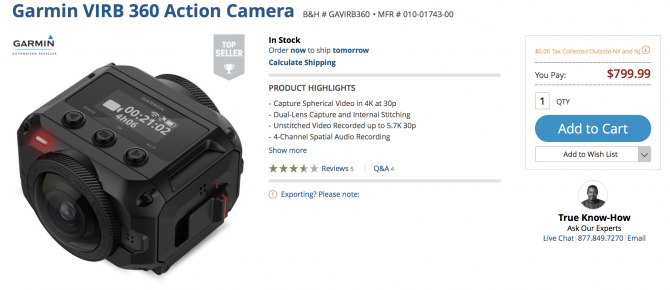I love 360 video. There I said it, it is not a fad, it is something unique and fascinating. If you see it on a 2D space like Facebook or YouTube then it’s OK but a bit boring and too much work scrolling around but when you watch it through a headset that is where the power of it starts to become apparent.
To be able to be transported somewhere and feel like you are there, to experience something, to see something, to be part of something…now that is new and exciting. That being said finding video filmed for this that is actually any good is pretty hard to find. There are two main issues. Firstly there are not many cameras out there that can film usable 360 video, most cameras especially the all in ones simply don’t cut it even the 4k ones. There are some multi cam rigs and some very expensive set ups, these are good but workflow and cost are prohibitive for many including myself.

For 2 and a half years I have been experimenting with 360 video from a varied collection of cameras I have bought over this time. From my very first the Theta M15 through to the latest incarnation the Theta V and everything in between. You can see them in the photo above. Yes, I have bought a lot of them.
Now for the first time I have used a 360 camera that I feel I could use professionally and that is the new Insta360 Pro. I took it on my holiday to Skiathos in Greece for a couple of weeks to see what is is capable of.
My video review covers a lot of information but here are the main specs of it:
- Capture 360 videos and stills in 8K and 3D
- Live stream 4K video with H.264 and H.265 compressions to a variety of 360-supporting platforms, including Facebook, YouTube, and the Insta360 server
- Six 200° fisheye lenses (selectable – use all six or less)
- Adjustable shutter speed
- High-resolution 100 fps slow-motion effect with post-processing
- Four built-in mics and an AUX external mic input
- Real-time image stabilization
- Optical-flow stitching
The 8K for me was really exciting. You may think 4K is enough, well for normal video sure but the amount you crop in on a 4K 360 shot video when you watch it on Youtube or through a headset can be huge. You could just be seeing 20% of the image so the quality loss even from a 4K image is massive.
Photo Sarah Seal
Photo Sarah Seal
The Insta360 pro isn’t perfect. The sensors are too small so low light isn’t the best and it is prone to overheating if you turn off the (noisy) fan. I also think it really needs better coverage of the bottom and top as you get a real pincushion effect due to there not being any cameras in that position but at this price there isn’t anything that competes. In normal light the 8K image is excellent.
In the video review I also take a little look at the Insta360 One. After using the Pro everything looks rubbish 🙂 but it is a fun little device, not the best 360 I have but one with some of the best software to make the most of it and the 6 axis gyro in it is excellent.
Since making this review I have since got the new Theta V too. Whilst stills are excellent the 4K video is a bit disappointing. The bitrate is too low for 4K and there is no full manual control. The Samsung Gear 360 2017 is pretty good and now works with iOS and the Garmin Virb 360 is very good albeit a bit pricier. That has one of the best images of the sub $1000 360 all in one cameras.
So here is the review, it was hard to show 360 examples within this so do check out the video below for full 8K versions of the shots I show you and also check out my experiments on my Youtube 360 channel at youtube.com/philipbloom360

